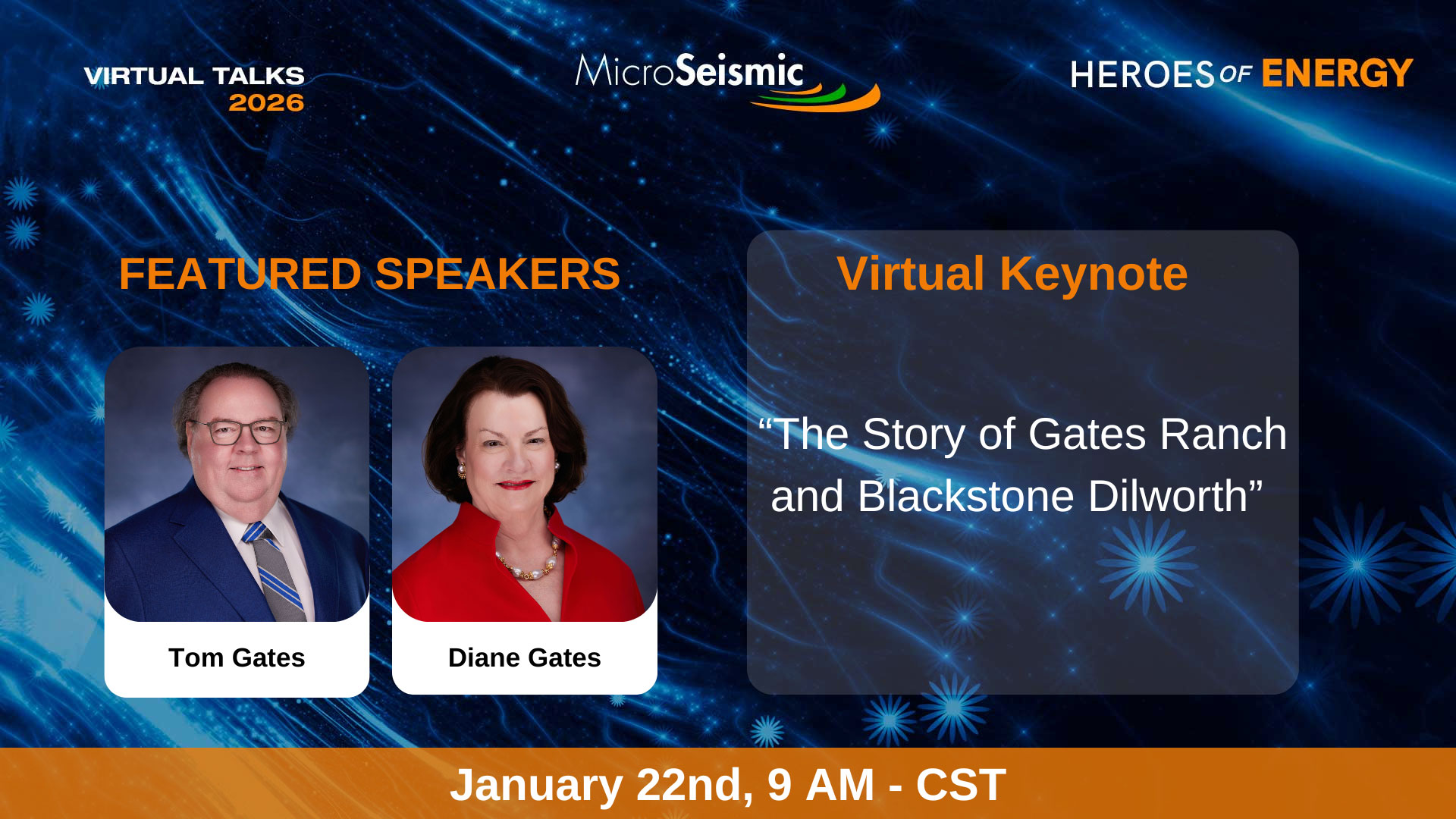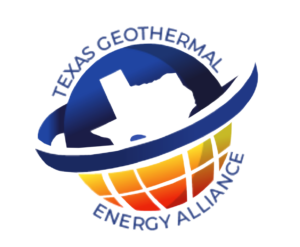We Listen®
Microseismic technology finds its roots in classical seismology. In that discipline the acoustic signals generated by earthquakes are captured and analyzed to provide information on the location of the earthquake, the mechanics of the event and the nature of the earth along the travel path the signal traversed between the source location and the observation station. The motivations for that field of endeavor are usually public safety and a better understanding of the earth’s structure and dynamics.
The majority of what is referred to as microseismic monitoring has made use of the microseismic events induced by production and development processes in the field, especially hydraulic fracturing or ‘frac’ing’, to understand and control these processes often to optimize hydrocarbon recovery from the reservoir. However, microseismic monitoring has many other applications in the energy and resource industries. There is a long history of application in mining for the early detection of rock bursts and caving. An extension of this idea is for the early detection of sinkhole development so as to avoid the damage such collapse structures can generate. An early application of microseismic monitoring was used to map the collapse structure at Ekofisk in the Norwegian North Sea as a result of fluid injection/production. The delineation of faulting showed compartmentalization of the reservoir and demonstrated microseismic monitoring as a reservoir management tool. The early detection of motion on such infield faults has proven to be useful for mitigating wellbore damage. Monitoring of the frac’ing to develop geothermal resources regularly use microseismic techniques. Monitoring has been applied to CO2 sequestration projects to track fluid movement and confirm caprock integrity. Finally, the recent interest in induced seismicity related to frac’ing and wastewater disposal has led to the monitoring of injection wells for mitigation of seismic hazards.
MSI entered the microseismic monitoring world in 2003 with an aim to developing surface (and near surface), multi sensor, wide array acquisition and analysis methods as opposed to the more traditional borehole methods that had been developed 30 years earlier. Our motivation was both the cost of downhole monitoring and the scientific limitations of the downhole technique. After nearly 20 years of field experience and the monitoring of more than 45,000 frac stages, we have matured our methods for their application in all the areas mentioned above.











